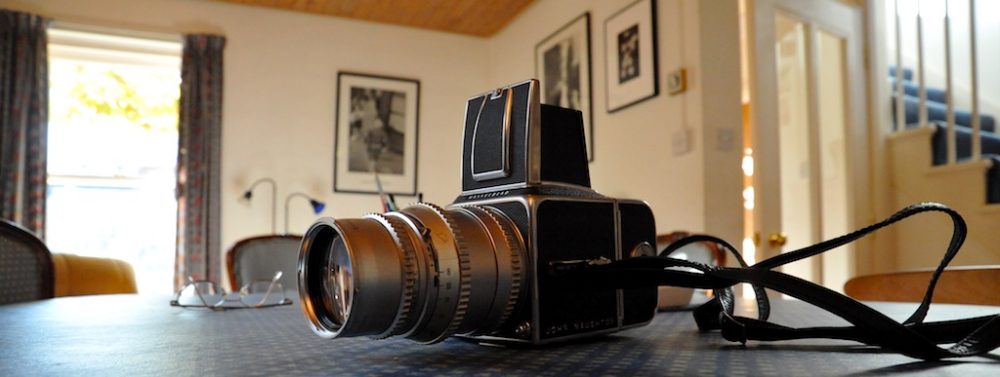Interesting piece by Mark WIlliams in Technology Review…
To prevent rain over the roofless 91,000-seat Olympic stadium that Beijing natives have nicknamed the Bird’s Nest, the city’s branch of the national Weather Modification Office–itself a department of the larger China Meteorological Administration–has prepared a three-stage program for the 2008 Olympics this August.
First, Beijing’s Weather Modification Office will track the region’s weather via satellites, planes, radar, and an IBM p575 supercomputer, purchased from Big Blue last year, that executes 9.8 trillion floating point operations per second. It models an area of 44,000 square kilometers (17,000 square miles) accurately enough to generate hourly forecasts for each kilometer.
Then, using their two aircraft and an array of twenty artillery and rocket-launch sites around Beijing, the city’s weather engineers will shoot and spray silver iodide and dry ice into incoming clouds that are still far enough away that their rain can be flushed out before they reach the stadium.
Finally, any rain-heavy clouds that near the Bird’s Nest will be seeded with chemicals to shrink droplets so that rain won’t fall until those clouds have passed over. Zhang Qian, head of Beijing’s Weather Modification Office, explains, “We use a coolant made from liquid nitrogen to increase the number of droplets while decreasing their average size. As a result, the smaller droplets are less likely to fall, and precipitation can be reduced.” August is part of Northeast Asia’s rainy season; chances of precipitation over Beijing on any day that month will approach 50 percent. Still, while tests with clouds bearing heavy rain loads haven’t always been successful, Qian claims that “the results with light rain have been satisfactory.”
Remind me again — what follows hubris…?
